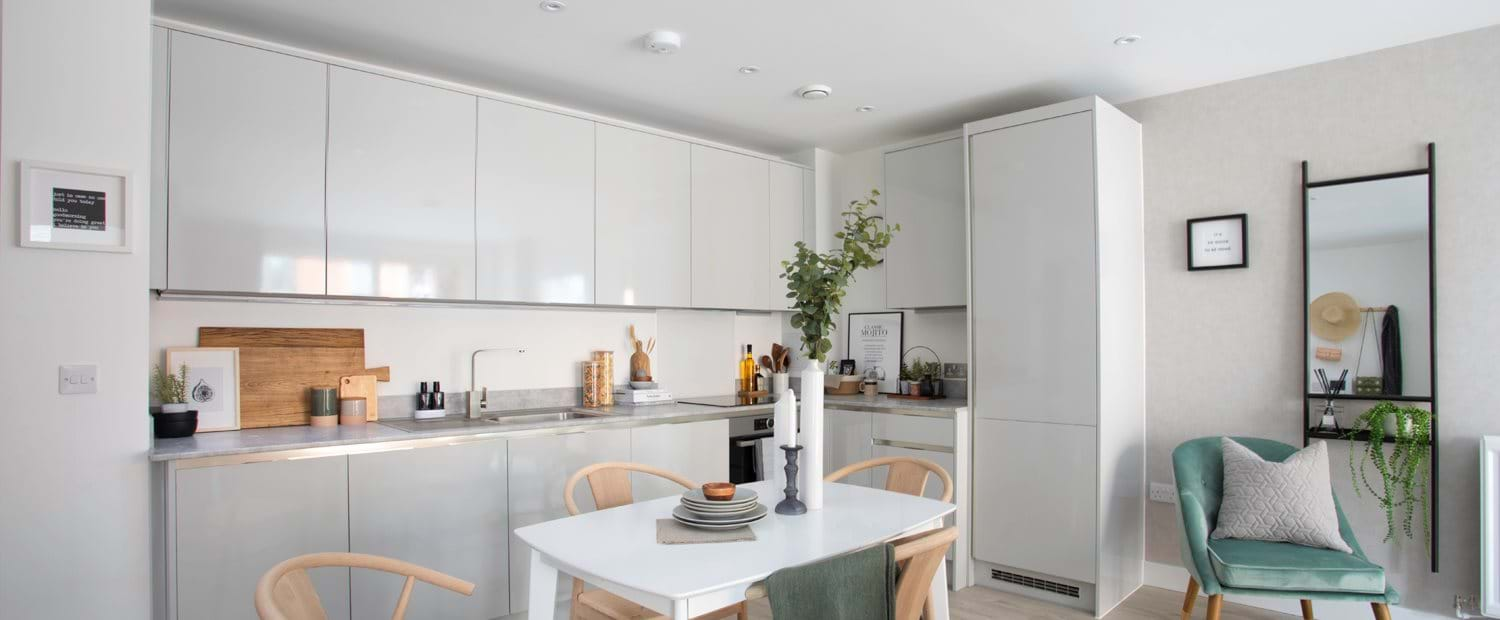
Guide to New Build Warranties
Peabody New Homes is dedicated to building developments to a high standard. However, despite our ethos on high build quality, things sometimes can go wrong. Here we explain how the warranty period works and which warranty claims will and will not be accepted.
How long is a new build Warranty?
All new build Peabody New Homes properties come with a warranty, for two years.
This two-year period is commonly referred to as the "defects liability period". The developer of your home is responsible for rectifying specified defects that occur in your property during this period.
When does the defect liability period start?
The defects liability period commences from the date your property is handed over to Peabody New Homes from the developer, not the date on which you complete. For example, if your property was handed over to Peabody New Homes in June 2020, but you purchased it in September 2020, then your property’s warranty would expire in June 2022.
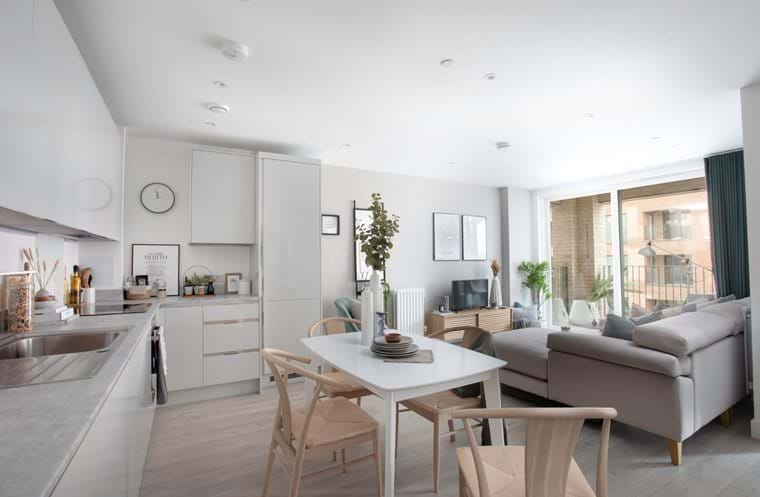
Reporting a defect
A "defect" is the name given to any problem inside your home, that the developer is contractually liable to rectify under the warranty.
You will report defects via a call center. The call center operative will then formally instruct the developer to attend to rectify the defect.
Defects are aspects of a new building that are not performing for their intended use or occur because of the design, failure of materials, or poor workmanship by the developer. It is important to report defects when they are first noticed to prevent any long-term damage to your property. Examples of defects could be windows or doors not closing correctly, major cracks to the façade, and leaks or water ingress.
We may not class some minor repairs as defects. These include minor shrinkage cracks due to drying out and normal wear and tear within the property. Someone in the New Homes and Customer Care Team will be on hand to assist you in diagnosing any repairs or defects.
Common defects include:
- Kitchen units that have dropped naturally at the hinges
- Toilet not flushing
- Loose taps
- No heating or hot water
- Door-entry system not working
- Ventilation system not working
- Large cracks (wider than a £1 coin) on stairs or where walls meet windows, doorframes and skirting boards.
There may be other types of defects depending on your building.
Defects do not include:
- Kitchen units that have come away at the hinges due to mistreatment.
- Blocked toilets as a result of wet wipes, nappies, sanitary towels and other items being flushed down them.
- Damage caused by misuse or vandalism.
- TV or set-top box not working when all other TVs in the building are working.
- Small cracks that can be painted over. (As your new home is lived in and heated, the building fabric – the bricks, plaster and woodwork – will shrink. This may cause small cracks on walls, ceilings, and at the joints of skirting boards. These cracks are not structurally significant and can be put right in the normal process of redecoration. Because such minor cracks are inevitable, these are not deemed to be defects.)
Before reporting a defect, please do the following:
- Check the user manual guides provided in your handover pack. Follow the instructions provided to see if you can easily and safely fix the issue yourself.
- Check that any gas or electrical issues are not due to local works being carried out in the area.
- Be sure that the issue was a result of poor workmanship or poor quality of materials

Properties Sold as Seen
Many Peabody properties are ‘sold-as-seen’. This means that you agree to take on the property in its current decorative condition. For example, if you are purchasing a property, which was once the show flat, it may contain various marks and scuffs. By agreeing to purchase the property on a sold-as-seen basis, these decorative items will not be accepted as a defect by the developer and, as such, will not be rectified.
However, if anything goes wrong during the warranty period, such as the heating system failing or a pipe develops a leak, these sorts of items would be treated as a defect by the developer and rectified within the allocated target timescale.
Most properties where purchasers have been given the chance to view before they purchase are sold-as-seen. If you have any queries about buying sold-as-seen properties, please contact the Peabody Sales Team.

Properties Sold Off Plan
If you are buying a property off-plan, you may not have had the chance to view the property before exchanging. However, all Peabody properties do go through an extensive snagging and inspection process prior to handover.
Developers expect all decorative items such as scratched windows, poorly applied mastic, and paint imperfections on walls to be picked up and resolved during this snagging process. Therefore, many developers will not accept any decorative items to be logged as a defect following handover. It is important to be aware of this now to save any future disappointment should you discover a decorative issue in your home that was missed during the snagging process.
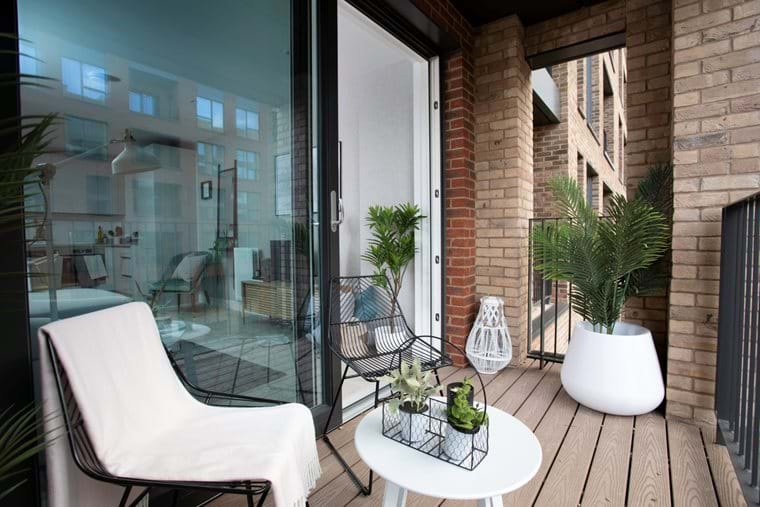
End of defects inspections
At around the time the defects liability period expires, representatives from Peabody and the developers will attend an inspection of your home. The inspection will formally log any defects that have not yet been rectified and give you a chance to point out any issues of concern.
Appointments will then be made to rectify the outstanding defects and once these are all resolved you will be required to sign a form confirming every defect has been rectified.
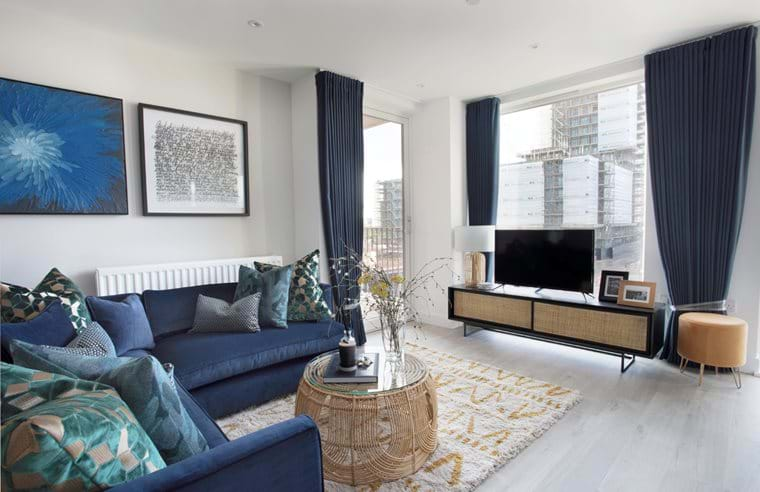
NHBC, BLP and Zurich warranties
As well as the two-year developer warranty, your Peabody property will be covered by an extended warranty, usually provided by either the NHBC, Zurich, or BLP. These warranties typically last ten years, and cover would usually include the following:
- Foundations
- Load-bearing walls
- Non load-bearing partition walls
- Wet-applied wall plaster
- External render and external vertical tile hanging
- Load-bearing parts of the roof
- Roof coverings
- Ceilings
- Load-bearing parts of the floors
- Staircases and internal floor decking and screeds where these fail to support normal loads
There is usually an excess or minimum claim limit required when making a claim under one of these extended warranties. If the claim just involves one property then the owner of that property would be expected to take the lead on making the claim. If the problem affects more than one property then Peabody would take the lead.
For more information on these extended warranties, please visit the NHBC, Zurich, and BLP websites. Once you purchase your home, your solicitor will forward you the relevant certificate of insurance.
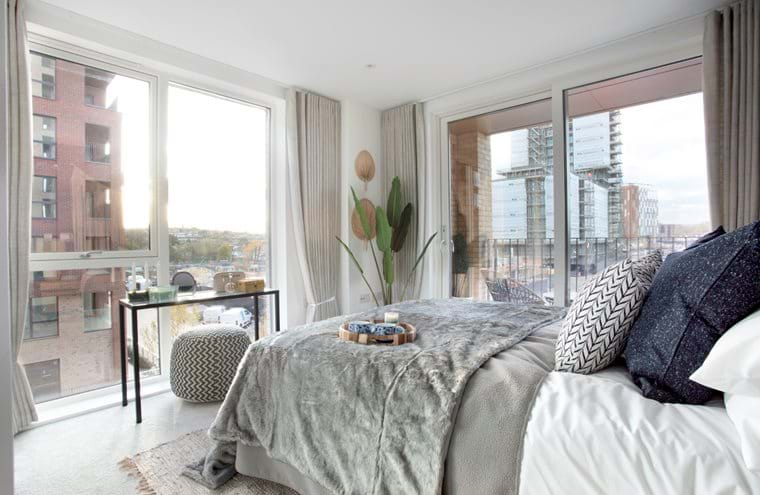
FAQs
Can I produce a snagging list?
You are not able to produce a snagging list prior to purchase, but you will normally be invited to a measure up and viewing of your property prior to completion (this could be after you have exchanged contracts). If you notice any non-decorative defects during this visit then you can report this to the accompanying member of the Sales Team, who will ensure that this defect is logged with the developer
I have reported the defect, what happens next?
Once you have reported a defect, a member of our team might need to ask you for more information about how it has occurred so a comprehensive report can be provided to the main contractor for review. We may request pictures or videos which illustrate the issue; this helps to determine the urgency of the problem and who would be required to attend.
Following this, the New Homes and Customer Care team will send the issue over to the developer who would then contact you to arrange a suitable appointment.
It is important to note that we are dependent upon the developer completing the work within the agreed timescales. Our Defect Resolution Team liaises with developers every week regarding outstanding defects and these updates are communicated back to you. Where the developer has not completed the works within the agreed timescales, we may consider instructing an alternative contractor to carry out the works without any cost to you.
How long will it take to resolve the defect?
There are three defect categories that will affect the timescale:
- Emergency defects which may cause real danger to life or risk of major damage to property. The developer must make these safe within 4 hours and put them right within 24 hours. Examples of emergency defects include complete loss of power (when this is not related to the fuses in your home, which you are responsible for, or the mains power supply which the electricity company is responsible for), total loss of water supply, leaks which cannot be contained and faulty locks to doors and windows on the outside of the property.
- Urgent defects are small repairs that need to be carried out urgently to prevent damage to property. The developer must complete these within 5 working days. Examples of urgent defects include leaks in sinks, baths, or basins, leak in the roof (unless it cannot be contained), and door entry system not working.
- Non-urgent defects are small repairs where a defect is less urgent but has the potential to cause damage to the property. The developer must complete these within 20 working days. Examples of non-urgent defects are minor repairs to doors and faults that haven't been put right.
How do I report an emergency repair?
If you are without power, experiencing a total loss of heating during the winter months, have no water or there is something that can cause danger to you, please call our emergency lines (below).
Do not report online or by email, please call us on and you will be diverted to our emergency service.
- Peabody London: 0800 022 4040 (free from landlines) or 020 7021 4444
- Catalyst London: 0300 456 2099
- Catalyst Counties: 0300 456 2099
What happens at the end of the Defect Liability Period (DLP)?
At the end of the DLP – the period of developer defect liability for a newly built home – it is important to have an EoD (End of Defect) inspection so that any defects still present and identified can be rectified. Your dedicated officer will contact you to book an end-of-defect inspection. You can also complete this form.
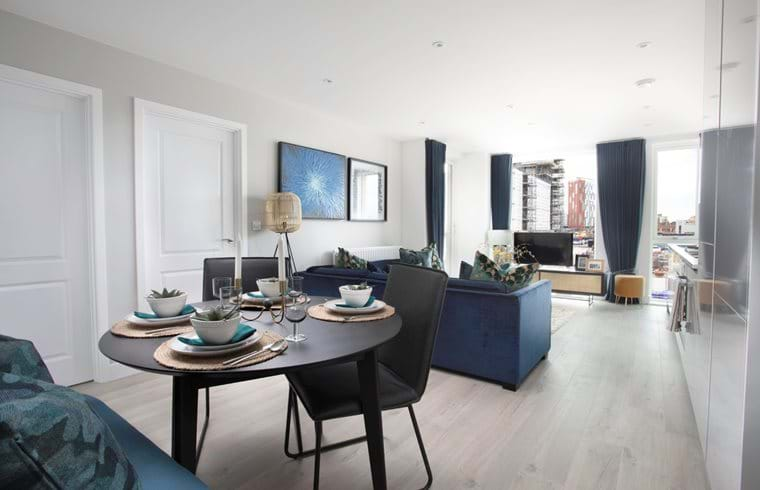
Additional contact information
Contact New Homes Team – Peabody
Phone: 0800 022 4040 (free from landlines) or 020 7021 4444. Lines open: 8am–8pm, Monday to Friday.
Head office address: Peabody 45 Westminster Bridge Rd London SE1 7JB
Contact New Homes / After Care Team – Catalyst London
Phone: 0300 456 2099. Lines open Monday-Friday, 8am-5pm
Head office address: Catalyst Ealing Gateway, 26-30 Uxbridge Road, London W5 2AU
Contact Customer Care Team – Catalyst Counties
Phone: 01582 869 115. Lines open 8am-5pm, Monday-Friday.
Address: 6 Houghton Hall Business Park, Porz Ave, Houghton Regis, Beds LU5 5UZ

Search New Homes by Peabody
At Peabody New Homes, we have a number of homes available to buy with Shared Ownership or Private Sale throughout London and the Home Counties. Use our property search to discover a home for you and to register your interest.
Find out more from Peabody New Homes
Staircasing
The process of buying more shares for a Shared Ownership home is reffered to as staircasing. If you staircase to 100% you will become an outright owner.
Selling your home
Selling your Shared Ownership home is a straightforward process and is known as a resale. You can sell your Shared Ownership home at any time.
Remortgaging
Remortgaging occurs when you move from your existing mortgage lender to another lender. We can help guide you through remortgaging your home.


